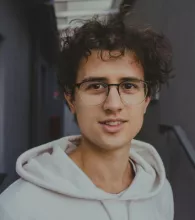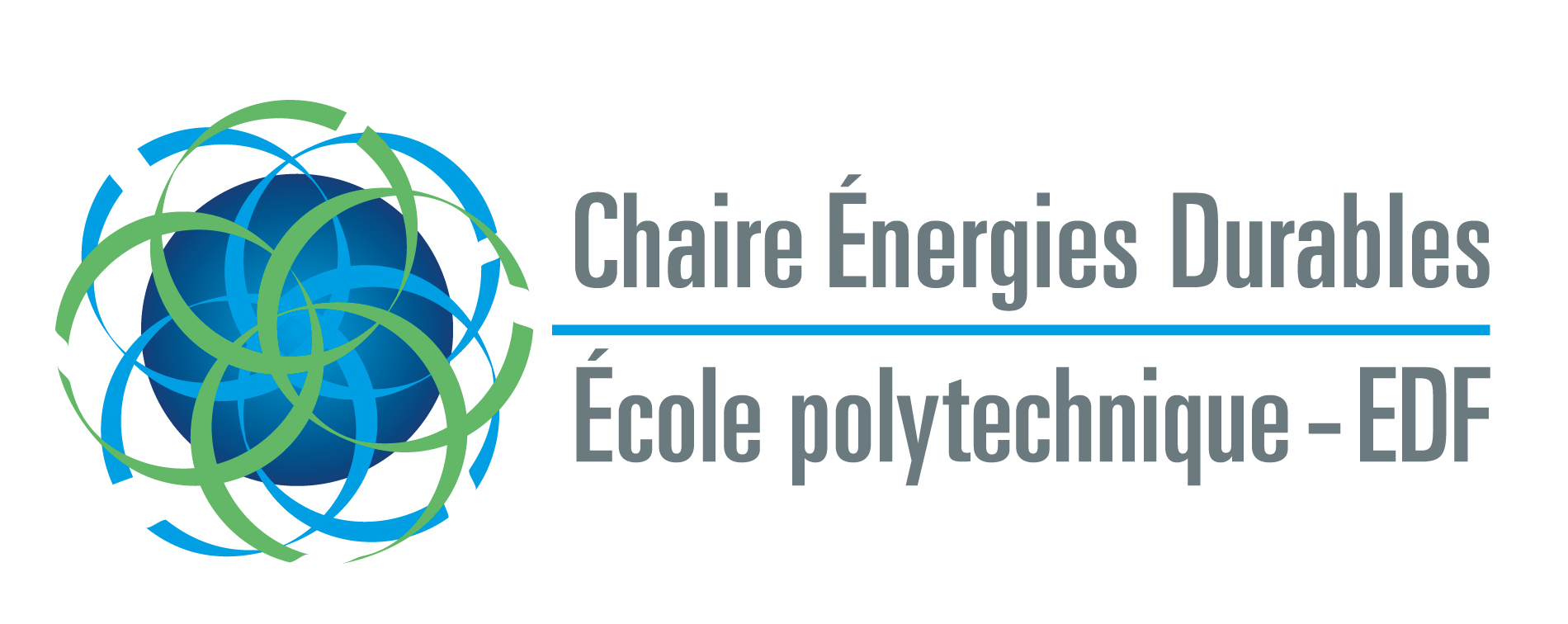
My general interests lay in understanding the optical and electronic properties of materials . In order achieve this goal I am developing accurate many-body theories based on quantum Monte Carlo (QMC) and many-body perturbation theory (MBPT) . I use these methods to obtain accurate predictions for excitations in complex materials and develop theoretical models for and develop theoretical models for large-scale predictions.

With the support from the Chair “Sustainable energies” of EDF, I am working with Matteo and Lucia to better understand the electronic charge transfer at interfaces, a highly relevant problem for photovoltaic applications.
Together with Alam Osorio and Muhammed Gunes, we are working on the code (SRden) that computes induced electronic density in linear response from a wide range of external potentials. We are optimizing the code to be more efficient and user-friendly. The code supports the following features:
- creating videos and snapshots in 2D and in 3D of induced electronic density for solids
- supporting a wide range of external potentials from a plane wave to a localized perturbation in the time and space.
- exporting data in NetCDF format
- interface with codes DP and Exc (more to come)
Below is an example of the 3D electronic density in a layered oxide V2O5 induced by a point perturbation (photon) that is localized in time. The video shows how induced electronic density evolves after being perturbed by a photon that arrives next to a vanadium atom. Interestingly, we see the induced electronic charge on the next layer from the perturbation.

Currently, in collaboration with Jean-Francois Guillemoles from IPVF, we are studying the different many-body effects onto the charge transfer at Si-GaP interface.
